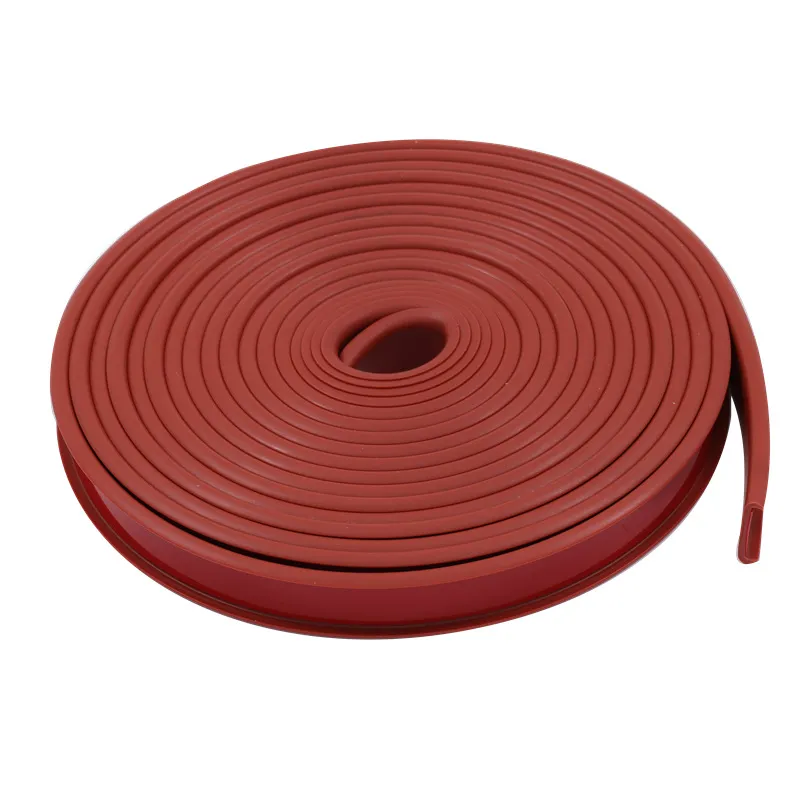
rdp powder. This is particularly important in construction applications, where moisture damage can lead to costly repairs and structural issues. By using RDP powder in mortars and other construction materials, builders can create structures that are more resistant to water damage and have a longer lifespan.

